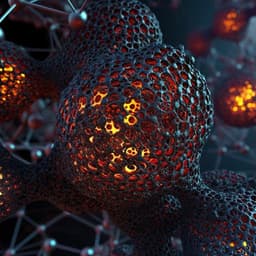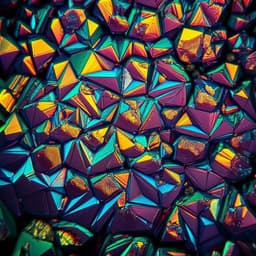
Medicine and Health
2D carbon network arranged into high-order 3D nanotube arrays on a flexible microelectrode: integration into electrochemical microbiosensor devices for cancer detection
Y. Sun, X. Dong, et al.
Discover a groundbreaking electrochemical biosensor for cancer detection developed by Yimin Sun, Xulin Dong, Hu He, Yan Zhang, Kai Chi, Yun Xu, Muhammad Asif, Xuan Yang, Wenshan He, Kín Liao, and Fei Xiao. This innovative technology integrates a flexible microelectrode and microfluidic chip for real-time monitoring of a key cancer biomarker, heralding a new era in cancer diagnosis and treatment efficacy assessment.
~3 min • Beginner • English
Related Publications
Explore these studies to deepen your understanding of the subject.







